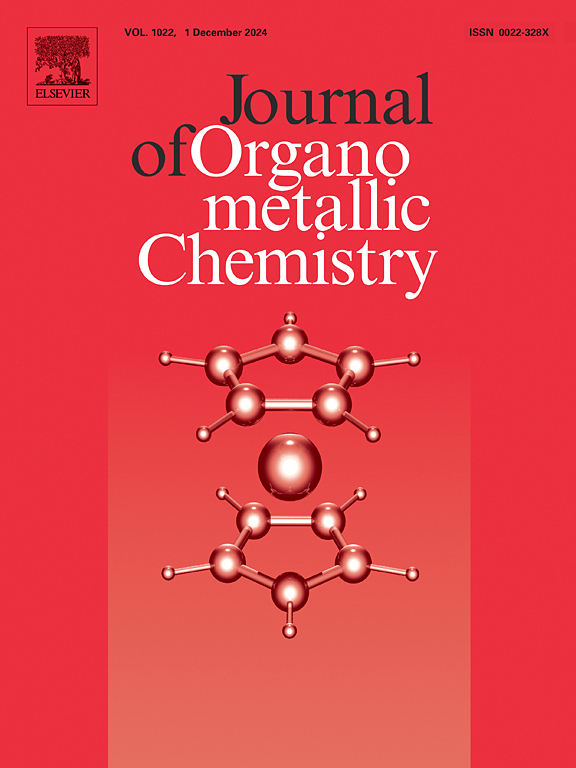Cu nanoparticles supported on tannic acid functionalized magnetic Fe3O4 NPs and the relevant catalytic performance in the synthesis of 1-substituted-1H-tetrazoles
IF 2.1
3区 化学
Q3 CHEMISTRY, INORGANIC & NUCLEAR
引用次数: 0
Abstract
The present research intends to characterize the green supported CuO nanoparticles over tannic acid (TA) modified magnetic nanoparticles (Fe3O4/TA) as a reducing-stabilizing magnetic nanocomposite in alkaline medium. We ascertained the morphological and physicochemical characteristics of ready nanocomposite (Fe3O4/TA/CuO NPs) employing many sophisticated methods including FE-SEM, EDX, TEM, elemental mapping, ICP, and so on. In the catalytic exploration of Fe3O4/TA/CuO NPs nanocomposite, we attained 1-replaced-1H-tetrazoles synthesis employing 3 MCR of amines, sodium azide and triethyl orthoformate at solvent-less conditions yielding from good to very good results. We affirmed the soundness and strength of the catalyst by its recyclability for 7 successive times, hot purification and filtrating checks.

单宁酸功能化磁性Fe3O4 NPs负载的Cu纳米颗粒及其在1-取代1h -四唑合成中的催化性能
本研究旨在表征单宁酸(TA)修饰磁性纳米粒子(Fe3O4/TA)在碱性介质中作为还原-稳定磁性纳米复合材料的绿色负载CuO纳米粒子。采用FE-SEM、EDX、TEM、元素映射、ICP等方法对制备好的纳米复合材料(Fe3O4/TA/CuO NPs)的形貌和物理化学特征进行了表征。在Fe3O4/TA/CuO纳米复合材料的催化探索中,我们在无溶剂条件下,利用胺、叠氮化钠和原甲酸三乙酯的3个MCR合成了1-取代1h -四唑,得到了从好的到非常好的结果。通过连续7次的可回收性、热净化和过滤检查,肯定了催化剂的可靠性和强度。
本文章由计算机程序翻译,如有差异,请以英文原文为准。
求助全文
约1分钟内获得全文
求助全文
来源期刊

Journal of Organometallic Chemistry
化学-无机化学与核化学
CiteScore
4.40
自引率
8.70%
发文量
221
审稿时长
36 days
期刊介绍:
The Journal of Organometallic Chemistry targets original papers dealing with theoretical aspects, structural chemistry, synthesis, physical and chemical properties (including reaction mechanisms), and practical applications of organometallic compounds.
Organometallic compounds are defined as compounds that contain metal - carbon bonds. The term metal includes all alkali and alkaline earth metals, all transition metals and the lanthanides and actinides in the Periodic Table. Metalloids including the elements in Group 13 and the heavier members of the Groups 14 - 16 are also included. The term chemistry includes syntheses, characterizations and reaction chemistry of all such compounds. Research reports based on use of organometallic complexes in bioorganometallic chemistry, medicine, material sciences, homogeneous catalysis and energy conversion are also welcome.
The scope of the journal has been enlarged to encompass important research on organometallic complexes in bioorganometallic chemistry and material sciences, and of heavier main group elements in organometallic chemistry. The journal also publishes review articles, short communications and notes.
 求助内容:
求助内容: 应助结果提醒方式:
应助结果提醒方式:


